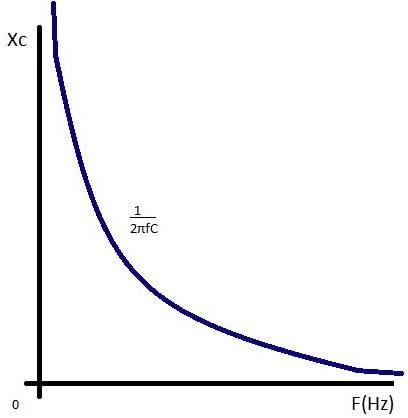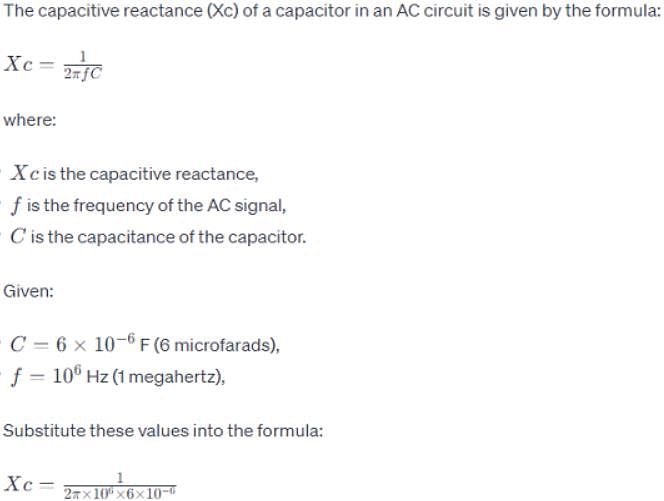NEET Exam > NEET Tests > Physics Class 12 > Test: AC Applied Across Capacitor - NEET MCQ
Test: AC Applied Across Capacitor - NEET MCQ
Test Description
10 Questions MCQ Test Physics Class 12 - Test: AC Applied Across Capacitor
Test: AC Applied Across Capacitor for NEET 2024 is part of Physics Class 12 preparation. The Test: AC Applied Across Capacitor questions and answers have been
prepared according to the NEET exam syllabus.The Test: AC Applied Across Capacitor MCQs are made for NEET 2024 Exam. Find important
definitions, questions, notes, meanings, examples, exercises, MCQs and online tests for Test: AC Applied Across Capacitor below.
Solutions of Test: AC Applied Across Capacitor questions in English are available as part of our Physics Class 12 for NEET & Test: AC Applied Across Capacitor solutions in
Hindi for Physics Class 12 course. Download more important topics, notes, lectures and mock
test series for NEET Exam by signing up for free. Attempt Test: AC Applied Across Capacitor | 10 questions in 10 minutes | Mock test for NEET preparation | Free important questions MCQ to study Physics Class 12 for NEET Exam | Download free PDF with solutions
Test: AC Applied Across Capacitor - Question 1
Is it possible to use a capacitor of suitable capacitance instead of a choke coil?
Detailed Solution for Test: AC Applied Across Capacitor - Question 1
Test: AC Applied Across Capacitor - Question 2
An a.c. voltage source E= 200 √2 sin 100t is connected across a circuit containing an a.c ammeter and a capacitor of capacitance 1μF. The reading of the ammeter is:
Detailed Solution for Test: AC Applied Across Capacitor - Question 2
| 1 Crore+ students have signed up on EduRev. Have you? Download the App |
Detailed Solution for Test: AC Applied Across Capacitor - Question 3
Test: AC Applied Across Capacitor - Question 4
The average power dissipation in pure capacitive circuit is:
Detailed Solution for Test: AC Applied Across Capacitor - Question 4
Test: AC Applied Across Capacitor - Question 5
What is the natural frequency of an LC oscillator?
Detailed Solution for Test: AC Applied Across Capacitor - Question 5
Test: AC Applied Across Capacitor - Question 6
What is the average power consumed/cycle in ideal capacitor.
Detailed Solution for Test: AC Applied Across Capacitor - Question 6
Test: AC Applied Across Capacitor - Question 7
Capacitive reactance of the capacitor depends upon
Detailed Solution for Test: AC Applied Across Capacitor - Question 7
Test: AC Applied Across Capacitor - Question 8
The impedance of a 10 microfarad capacitor for 50 Hz ac is:
Detailed Solution for Test: AC Applied Across Capacitor - Question 8
Detailed Solution for Test: AC Applied Across Capacitor - Question 9
Test: AC Applied Across Capacitor - Question 10
What is the capacitive reactance of 6 x 10-6 F capacitor for frequency of 106 Hz?
Detailed Solution for Test: AC Applied Across Capacitor - Question 10
|
97 videos|336 docs|104 tests
|
Information about Test: AC Applied Across Capacitor Page
In this test you can find the Exam questions for Test: AC Applied Across Capacitor solved & explained in the simplest way possible.
Besides giving Questions and answers for Test: AC Applied Across Capacitor, EduRev gives you an ample number of Online tests for practice



















